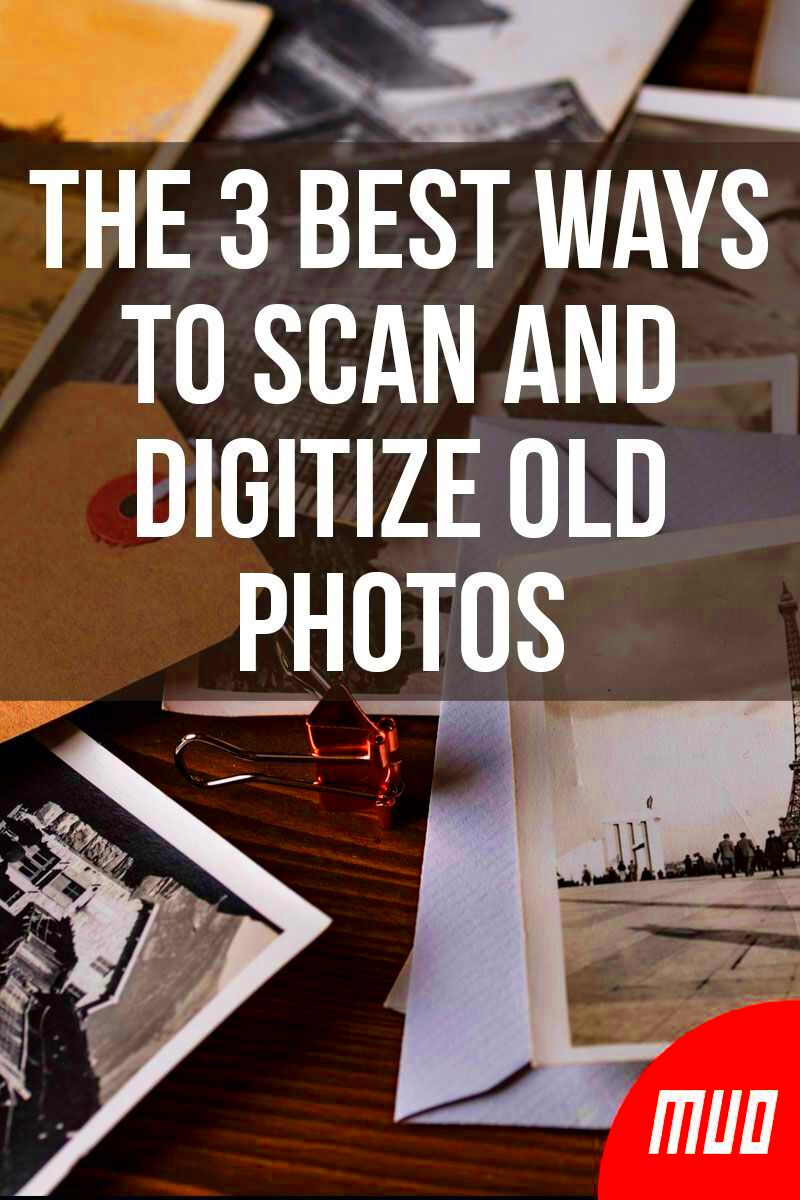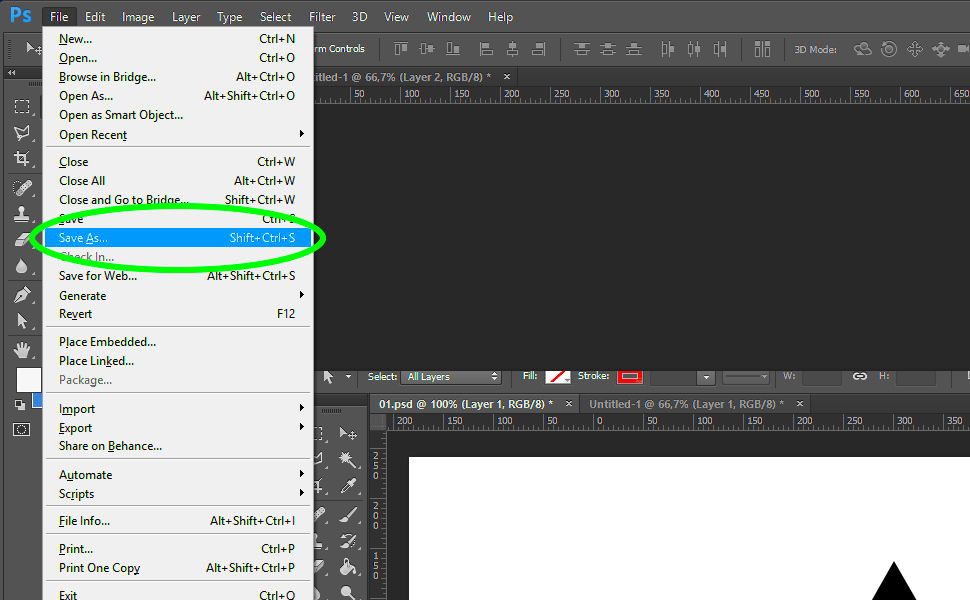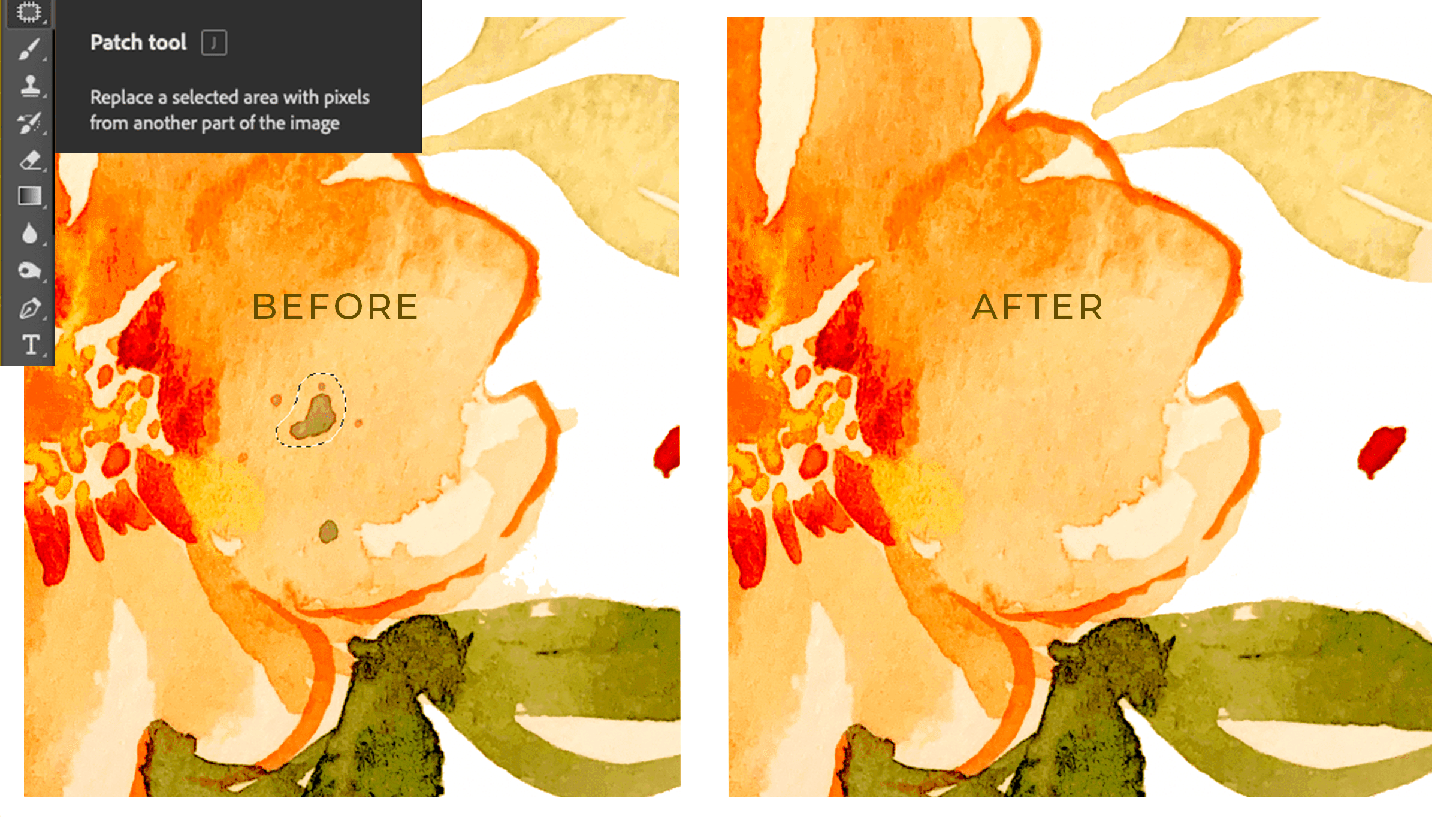Such a transformation is essential in an era where the world is becoming more and more digital, as access to and sharing of visual content takes place within the network. Through digitizing images, we can maintain recollections, promote our work and make it simple for all people to have access to relevant information.
What makes this important? A few reasons are:
- Preservation: Physical images can deteriorate over time, but digital copies last longer.
- Easy Sharing: Digital images can be easily shared across various platforms.
- Enhanced Creativity: Digital formats allow for editing, filtering, and modifying images.
- Organization: It’s easier to store and organize digital images than physical ones.
Preparing Your Images for Digitization

Before starting with the digitization process, making sure that the photographs are well prepared is very important. Here’s how:
- Gather Your Images: Collect all the physical images you want to digitize. Make sure they are clean and free from dust.
- Sort and Categorize: Organize your images based on themes, dates, or events. This will make the digitization process smoother.
- Check for Damage: Inspect each image for any damage. If there are tears or stains, consider cleaning or repairing them first.
- Choose a Work Space: Set up a clean, well-lit area to work on your images. This will help avoid accidents and ensure quality.
Also Read This: How to Access Getty Images Free of Watermark
Choosing the Right Scanner or Camera for Your Needs

The important factors to think about when choosing the best equipment are:
- Scanner Types:
- Flatbed Scanners: Ideal for photos and documents; they provide high-quality scans.
- Sheet-fed Scanners: Good for scanning multiple images quickly but may not be as gentle on older photos.
- Film Scanners: Specifically designed for scanning film and slides; they produce excellent quality.
- Camera Options: If you prefer photographing your images, consider using a DSLR or a high-resolution camera for best results.
- Resolution: Look for scanners or cameras that offer a high resolution (at least 300 DPI) for better quality.
- Software Compatibility: Ensure your scanner or camera is compatible with image editing software for easy enhancements.
Choosing the proper equipment is instrumental in determining how well your images will be digitized.
Also Read This: how to put image on packing slip shopify liquid
Steps to Digitize Images Efficiently

Having arranged your pictures and chosen the appropriate tools, it’s time to begin digitizing them. To achieve top-notch and quick outcomes, obey these directions:
- Set Up Your Equipment: Connect your scanner or camera to your computer and install any necessary software. Make sure everything is working properly before starting.
- Adjust Settings: For scanners, choose the right settings based on the type of image. Generally, a resolution of 300 DPI is recommended for photographs, while 600 DPI is ideal for smaller images and detailed scans.
- Scan Your Images: Place your first image on the scanner bed or set it up for photography. If using a scanner, preview the image to ensure it’s aligned correctly. For cameras, ensure you have good lighting and avoid glare.
- Review and Repeat: After scanning, review the image for any issues such as blurriness or improper cropping. If it’s not right, rescan until you achieve the desired quality.
- Save and Name Files: Save your images in a common format like JPEG or PNG. Use descriptive file names for easy identification later.
When you follow these directions, digitizing will be more efficient and easier therefore it will lead to the production of better quality digital images.
Also Read This: How to Embed a YouTube Video in an Email
Editing and Enhancing Your Digitized Images

Soon after digitizing your pictures, it is important to edit and uplist them as required in order to achieve their perfect appearances. Here are some hints that can assist you as you commence:
- Choose Editing Software: Popular options include Adobe Photoshop, GIMP, and Lightroom. Each has its strengths, so pick one that fits your needs.
- Basic Adjustments: Start with basic edits like cropping, rotating, and adjusting brightness or contrast. These small changes can significantly improve the overall look.
- Color Correction: Use color adjustment tools to fix any color imbalances. This can make your images more vibrant and true to life.
- Remove Imperfections: Take advantage of tools like healing brushes or clone stamps to fix any blemishes or scratches in your images.
- Apply Filters and Effects: Experiment with filters to add creativity to your images. Just be careful not to overdo it, as subtlety is often more appealing.
It’s true that editing and enhancing pictures make them go from commonplace to distinctive thus increasing their visual flair regardless of the intended use.
Also Read This: How to Install Shutterstock Free Editor Toolkit: A Step-by-Step Guide
Storing and Organizing Your Digital Images
Once you have made adjustments to your images, the following step is appropriate storage and organization. In the long run, a good system saves on time and avoids frustrations. The following is a guide on how to go about it:
- Create a Folder Structure: Organize your images into folders by categories such as events, dates, or themes. For example:
Folder Name Subfolders Family Events Birthdays, Holidays, Vacations Personal Projects Art, Photography, Videos - Use Descriptive Filenames: As mentioned earlier, descriptive filenames will help you identify images quickly without opening each file.
- Back Up Your Images: Always keep a backup of your digital files on an external hard drive or a cloud service. This will protect your images from accidental loss.
- Regular Maintenance: Periodically review your digital library. Delete duplicates and organize new images to keep your collection manageable.
Whenever you need to look at your beloved memories or the creative works you made, all you have to do is get a hold of them easily because they would be stored and arranged properly in your digital photo library.
Also Read This: How Do You Print a Mirror Image for Crafts, Shirts, or Photography Projects
Utilizing Digital Images for Different Purposes
The digitization of your images is completed, now it is time to use them properly! Digital images can be utilized for a variety of reasons such as individual projects, professional endeavors or sharing with loved ones. Below are some of the ways in which you can effectively use your digitized images:
- Personal Use: You can create photo albums, scrapbooks, or wall art. Digital images allow for easy sharing with loved ones through email or social media.
- Professional Projects: For professionals, digital images can be used in presentations, marketing materials, or websites. High-quality visuals can significantly enhance your projects.
- Content Creation: Bloggers and social media influencers rely on engaging images. Use your digitized photos to create eye-catching posts that attract viewers.
- Printing: You can print your digital images on various mediums, such as canvases, greeting cards, or posters. Ensure that your images have a high resolution for the best print quality.
- Sharing and Collaboration: Digital images can be shared easily through cloud services, allowing others to view or collaborate on projects.
These various ways of utilizing your digitized images can truly unlock your creativity and turn your ideas into reality. The possibilities are endless!
Also Read This: Mastering Concealer Application for a Flawless Skin Tone
Frequently Asked Questions About Image Digitization
Below are frequently asked questions that individuals typically have regarding the process of converting images to digital format:
- What types of images can I digitize? You can digitize photographs, slides, negatives, and even documents.
- What is the best resolution for scanning? A resolution of 300 DPI is generally suitable for most photos, while 600 DPI is better for smaller images and detailed scans.
- How can I ensure the quality of my scans? Clean your scanner bed, adjust the settings correctly, and make sure the images are well-lit if photographing them.
- Is it necessary to edit my digitized images? While it's not mandatory, editing can enhance the quality and appearance of your images.
- How can I back up my digital images? Use external hard drives or cloud storage solutions to back up your images and ensure they are safe.
The image digitization process may be clarified and simplified by using these FAQs. In case you want more details, do not hesitate to contact us!
Conclusion on Digitizing Images Effectively
To sum up, digitizing photographs is an important ability that enables someone to save experiences, improve artistry endeavors, as well as simplify one’s routine tasks. Following the procedure of digitization, getting ready for your images, selecting appropriate tools and arranging digital data properly will lead you to excellent outcomes. Keep in mind that there are various options available on how you can employ your digital photos either for leisure time or for business purposes.
A couple of months ago you published an article on how to enhance your digital photo collection. Your latest post is an interesting read about ways in which one can archive and make their own photography more accessible. How do you tell those wonderful stories with photographs? Is it possible to use the past as a stepping stone into future? These are not just important questions but also they define a generation. Over the years, many people have been transforming their personal images into documents for various reasons. Should we say Dewdney? Anyway… Never mind who asked though, we’ll see what Dr. Martin will say when he gets home tonight or tomorrow morning for breakfast! But most importantly: are there any other methods aside from scanning and archiving prints that could be used? Have you noticed how some individuals keep on working hard while others indulge themselves with lavish lifestyles waiting for fortunes to flow through riverbanks? Ahh well… But right now let’s talk about something entirely different altogether… Get down there to your scanner (or camera) then get started with digitizing all your photographs before they end up as nothing but mere memories in time!

 admin
admin








